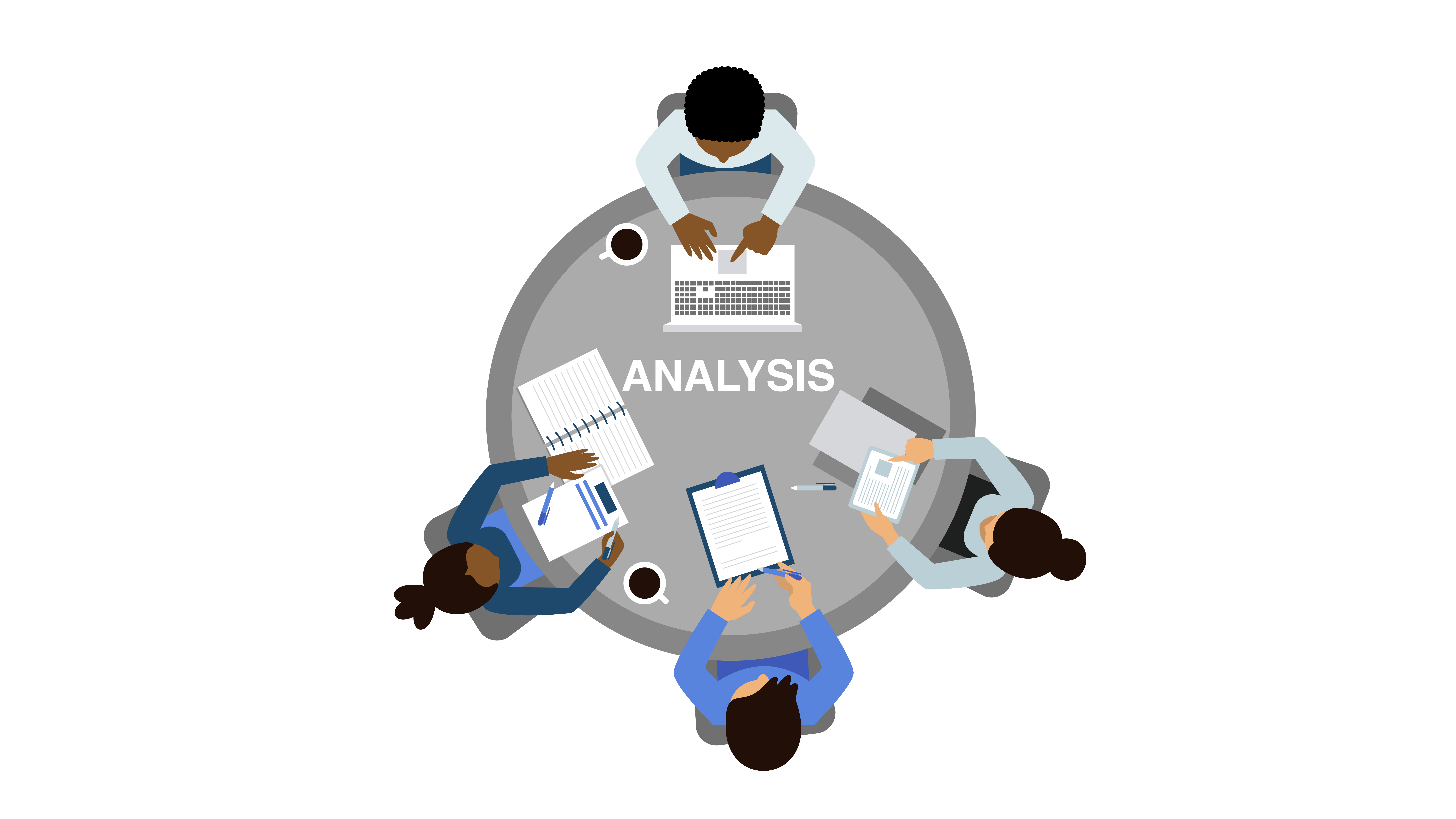All Categories
Featured
Modern companies require a central location for customer data platforms (CDPs). It is an essential tool. These software applications provide the most accurate and complete understanding of the customers, which can be used for targeted marketing and customized customer experience. CDPs provide a variety of features that include data management, data quality and formatting of data. This ensures that customers are compliant with how they're stored, used, and accessible. With the ability to pull data from other APIs such as the CDP will also allow organizations to put the customer at the heart of their marketing initiatives as well as improve their operations and connect with their customers. This article will highlight the benefits of CDPs in organizations.
customer data platfrom
Understanding CDPs: A client data platform (CDP) is a piece of software that allows organizations to gather information, manage, and store the customer's information in one central area. This allows for a more precise and complete picture of the customer. It is used to create targeted marketing and personalised customer experience.
-
Data Governance: One of the key advantages of a CDP is its capability to categorize, safeguard, and monitor information being added to. This includes profiling, division and cleaning of the data coming in. This helps ensure that the company stays in compliance with data regulations and guidelines.
-
Data Quality: A crucial element of CDPs is ensuring that the information collected is of high quality. This involves ensuring that the data has been properly entered and that it meets the desired quality requirements. This will help reduce additional expenses associated with cleaning, transformation, and storage.
-
Data Formatting: A CDP can also be used to ensure that data adheres to an established format. This permits data types like dates to be aligned across customer records and guarantees the same and consistent data entry. cdp product
-
Data Segmentation Data Segmentation CDP also allows for the segmentation of customer data to help better understand various groups of customers. This allows you to compare different groups to one another , and to get the right sample distribution.
-
Compliance: A CDP lets organizations handle the information of customers in a legal way. It allows the creation of secure policies, classification of data based on those policies, and even the detection of infractions to policy when making marketing decisions.
-
Platform Selection: There are many types of CDPs, so it is important to understand your use case for deciding on the most appropriate platform. Consider features like data privacy as well as the capability to pull data from other APIs. customer data management platform
-
Making the Customer the Heart of Everything Making the Customer the Main Focus CDP allows the integration of real-time, raw customer data, offering the speed, accuracy and consistency that every marketing team requires to enhance their processes and connect with their customers.
-
Chat, Billing, and More With a CDP, it is easy to get the context you require for a good discussion, regardless of the previous chats as well as billing.
-
CMOs and big Data: 61% of CMOs think they are not leveraging enough big data, according to the CMO Council. The 360-degree customer view offered by CDP CDP is a great method to solve this issue and allow for better customer service and marketing.
With many various types of marketing innovation out there each one normally with its own three-letter acronym you may question where CDPs originate from. Despite the fact that CDPs are amongst today's most popular marketing tools, they're not a totally originality. Instead, they're the most current step in the development of how marketers manage client data and client relationships (Cdp Define).

For a lot of online marketers, the single greatest worth of a CDP is its ability to sector audiences. With the abilities of a CDP, online marketers can see how a single client communicates with their company's different brands, and recognize chances for increased customization and cross-selling. Naturally, there's a lot more to a CDP than segmentation.
Beyond audience division, there are 3 huge reasons why your business may desire a CDP: suppression, customization, and insights. Among the most intriguing things marketers can do with data is determine consumers to not target. This is called suppression, and it's part of providing really customized client journeys (Marketing Cdp). When a client's merged profile in your CDP includes their marketing and purchase data, you can reduce ads to clients who've already bought.

With a view of every client's marketing interactions connected to ecommerce information, site visits, and more, everyone across marketing, sales, service, and all your other groups has the chance to comprehend more about each consumer and deliver more customized, pertinent engagement. CDPs can assist online marketers deal with the source of a lot of their biggest daily marketing issues (Customer Data Management Platform).
When your information is detached, it's harder to understand your clients and produce significant connections with them. As the number of data sources used by marketers continues to increase, it's more essential than ever to have a CDP as a single source of reality to bring all of it together.
An engagement CDP uses client information to power real-time customization and engagement for clients on digital platforms, such as websites and mobile apps. Insights CDPs and engagement CDPs comprise the bulk of the CDP market today. Really couple of CDPs include both of these functions similarly. To choose a CDP, your company's stakeholders must consider whether an insights CDP or an engagement CDP would be best for your needs, and research the couple of CDP alternatives that consist of both. Customer Data Platforms.
Redpoint GlobalLatest Posts
The Role of CDPs in Creating Personalized Customer Experiences
CDPs and the Role of Data Governance in Compliance
CDPs: The Key to Leveraging Big Data for CMOs.